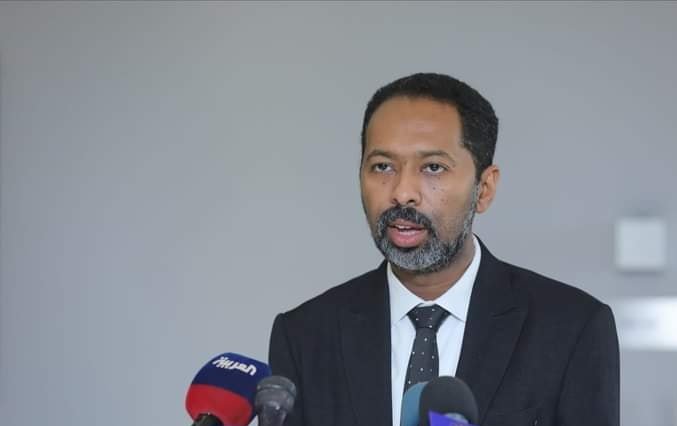Sudan describes SPLM-N draft agreement as “solid basis” for peace talks

The delegations of the transitional government and the SPLM-N al-Hilu held their second meeting in Juba in a session headed by the Chief Mediator Tut Gatuluak and the participation of UNITMAS.
In a statement released after the meeting, Khalid Omer Youssif said the SPLM-N’s draft framework agreement was a positive step.
The head of the government delegation Shams al-Din Kabbashi welcomed the draft saying it represents an “objective framework for the start of direct negotiations between the two parties,” Youssif said.
The SPLM-N’s paper represents “a solid basis for an agreement on the three axes of negotiation in a short time,” he added.
The Negotiations will resume between the two parties on Wednesday, June 2, 2021, as the SPLM-N requested to postpone talks for one day to give them more time to study the government’s response.
SPLM-N’s draft agreement
Sources close to the talks in Juba said the government in its response disagrees with several points in the draft submitted by the SPLM-N.
Seen by the Sudan Tribune, the draft of the SPLM-N al-Hilu mentions several times the Darfur region in the depositions of the proposed agreement.
The text calls for a presidential system in Sudan, to repeal all laws that are based on religion and to shift the weekend to Wednesday instead of Friday to avoid any connection with religion.
The draft proposes a six-month pre-transitional period to establish the institutions and mechanisms of the transition.
The SPLM-N, also, proposes to divide the transitional period into two parts.
The first part is devoted to the establishment of the institutions and the agreed mechanisms. The transition will end with the ratification of the permanent constitution and the preparation for elections.
The second half of the transitional period begins with elections and ends with the evaluation and evaluation of the performance of the elected government.
(ST)
